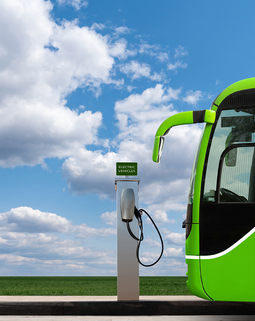Introduction
Kenya is on the cusp of realizing its potential as the leading vehicle industrial hub for East Africa. This article explores the factors driving this transformation and the promising prospects. From government initiatives to strategic partnerships, Kenya's journey towards becoming an automotive manufacturing powerhouse is worth delving into.
Government Commitment
Kenya's government has demonstrated unwavering commitment to fostering a vibrant automotive industry. The government aims to attract investment in the sector through incentives and favorable policies, such as reduced import duties on automotive components. This approach encourages local assembly and stimulates economic growth and job creation.
Strategic Location
Kenya is situated at the heart of East Africa and enjoys a strategic geographic advantage. Its proximity to key markets within the East African Community (EAC) positions it as a natural choice for automotive manufacturers looking to expand their regional footprint. This accessibility simplifies distribution and logistics, making Kenya an ideal location for regional assembly plants.
Investment Incentives
Kenya offers a range of incentives to attract automotive investment. These include tax breaks, duty-free imports of machinery and equipment, and access to special economic zones. Such incentives lower the cost of establishing manufacturing facilities, making it financially attractive for automotive companies to set up operations in Kenya.
Local Talent And Skills Development
Kenya boasts a skilled labor pool in engineering, manufacturing, and logistics fields. The government and industry stakeholders are committed to further enhancing this talent pool through vocational training and partnerships with educational institutions. A skilled workforce is essential for the success of the automotive manufacturing sector.
Regional Integration
Kenya's involvement in regional integration efforts, particularly within the EAC, creates a conducive environment for automotive manufacturing. Harmonized trade policies and regional agreements facilitate the flow of goods and services across borders, reducing trade barriers and making it easier for locally manufactured vehicles to access neighboring markets.
Conclusion
A combination of strategic location, government commitment, investment incentives, and a skilled workforce drives Kenya's journey toward becoming the automotive manufacturing hub of East Africa. As the nation continues to attract global automotive players and invest in its automotive ecosystem, it is poised to meet domestic demand and serve as a gateway to the broader East African market. The automotive industry in Kenya holds tremendous promise for economic growth, job creation, and regional integration, marking an exciting chapter in the country's industrial development.





